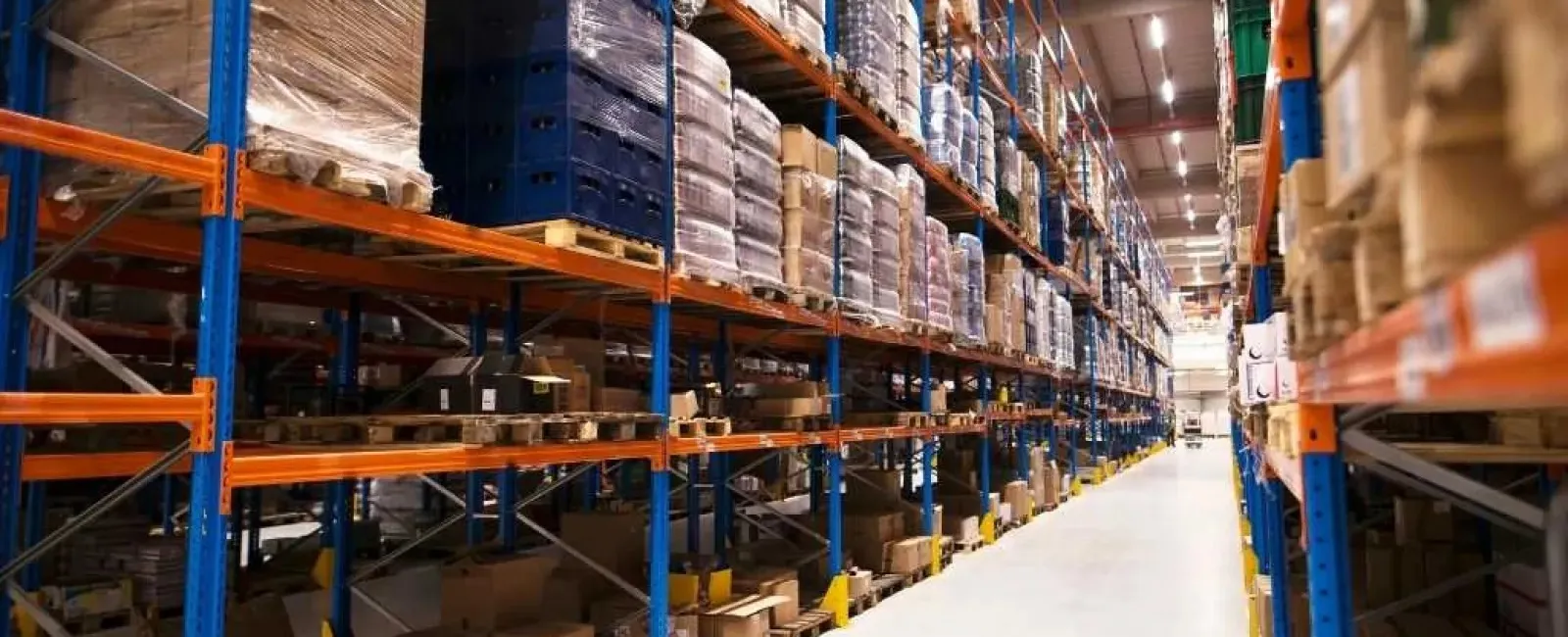In today's supply chain, packaging waste has become one of the biggest challenges for distribution centers. Cardboard, shrink wrap, plastics, and discarded packaging materials pile up quickly, taking up valuable space and creating costly inefficiencies. If left unmanaged, waste handling drains both budgets and resources, while also putting compliance and sustainability goals at risk.
One of the most effective distribution center waste solutions is the use of industrial compactors. These machines compress bulky packaging waste into manageable loads, cutting disposal costs, improving workflow efficiency, and freeing up floor space. For facilities operating across Georgia, Florida, and Alabama, compactors are an investment in long-term savings and operational performance.
Why Packaging Waste Is a Growing Concern
Distribution centers are at the heart of the supply chain, handling millions of products annually. With this scale of operation, packaging waste becomes a constant challenge. Consider the types of packaging materials these facilities handle daily:
Corrugated cardboard boxes
Stretch film and shrink wrap
Pallet strapping
Foam, paper, and filler materials
Each of these contributes to packaging waste recycling challenges, particularly when materials are left loose, requiring multiple hauls and taking up space in dumpsters. This causes more frequent pickups, higher hauling fees, and wasted labor hours.
For large facilities, waste management can represent a surprisingly large percentage of overhead, sometimes rivaling utilities or maintenance costs. This makes optimizing waste processes with compactors a strategic priority.
How Compactors Work in Distribution Centers
At their core, compactors reduce the volume of waste by compressing it into dense, uniform loads. In a distribution center setting, compactors are typically placed near high-volume areas, such as packaging lines, loading docks, or storage zones, so employees can quickly dispose of materials as they work.
By reducing the volume of packaging waste by up to 80%, compactors significantly reduce the number of waste hauls required. Fewer hauls translate into direct cost savings, while denser loads improve recycling efficiency and reduce a facility's environmental footprint.
Direct Cost Savings from Compactors
The financial benefits of compactors for distribution centers are straightforward:
Lower Hauling Fees - With compacted loads, haulers make fewer trips. Many facilities see waste hauling costs drop by 30-50%.
Reduced Labor Hours - Instead of staff making frequent trips to dumpsters, employees can quickly dispose of waste in a nearby compactor.
Space Optimization - By keeping packaging waste compressed, facilities free up valuable dock or floor space that would otherwise be filled with loose waste.
For facilities managing thousands of shipments a week, these savings compound quickly. Over time, compactors often pay for themselves by slashing disposal costs and increasing worker productivity.
Supporting Packaging Waste Recycling
Beyond direct cost savings, compactors support stronger recycling initiatives. When packaging waste like cardboard or plastics is compacted, it's easier to transport and process at recycling facilities.
For example, a loose stack of cardboard boxes might require multiple trips, while a compacted bale can be transported efficiently in a single load. This efficiency encourages more consistent packaging waste recycling, helping distribution centers hit sustainability targets while reducing landfill contributions.
In regions like Georgia, Florida, and Alabama (where recycling regulations are tightening), compactors also help businesses maintain compliance and demonstrate environmental responsibility to customers and partners.
Operational Benefits for Distribution Centers
The value of compactors goes beyond just financial savings. For busy distribution centers, compactors deliver a range of operational improvements:
Improved Safety - Loose packaging waste creates tripping hazards and clutter. Compactors streamline disposal, reducing risks on the floor.
Cleaner Work Environment - Neat, compacted waste improves overall facility cleanliness and efficiency.
Scalability - As distribution volumes grow, compactors help ensure waste handling keeps pace without adding extra labor or hauling costs.
When compactors are properly integrated into a facility's workflow, they become essential tools in keeping operations running smoothly.
Repair, Maintenance, and Long-Term Value
Like all industrial equipment, compactors require ongoing upkeep to perform at their best. Regular servicing, blade sharpening, and motor inspections can extend the life of a compactor by years. Distribution centers that partner with a provider offering repair, maintenance, and refurbishment services minimize downtime and maximize return on investment.
However, knowing when to service vs. replace a compactor is critical. If maintenance costs are climbing or downtime is impacting workflow, upgrading to a newer compactor may be the most cost-effective option.
Choosing the Right Compactor for Your Facility
Distribution centers should evaluate their waste stream, material volume, and space availability before selecting a model. Factors to consider include:
Material Type - Are you primarily compacting cardboard, plastics, or mixed waste?
Waste Volume - Larger facilities may require high-capacity compactors, while smaller centers can benefit from more compact models.
Integration Needs - Some operations require compactors integrated with conveyors or shredders for maximum efficiency.
A trusted partner can provide custom recommendations and, if needed, design a complete waste handling system that matches the distribution center's workflow.
Final Thoughts
For distribution centers, packaging waste is both inconvenient and costly. Investing in compactors transforms waste from a liability into an opportunity for savings, efficiency, and sustainability. From reducing hauling fees to supporting packaging waste recycling, compactors deliver immediate and long-term benefits.
Crigler has decades of experience providing distribution center waste solutions across Georgia, Florida, and Alabama. With the right compactor and ongoing support, your facility can cut costs, improve workflow, and achieve stronger recycling outcomes. Contact our team today to learn more information.
